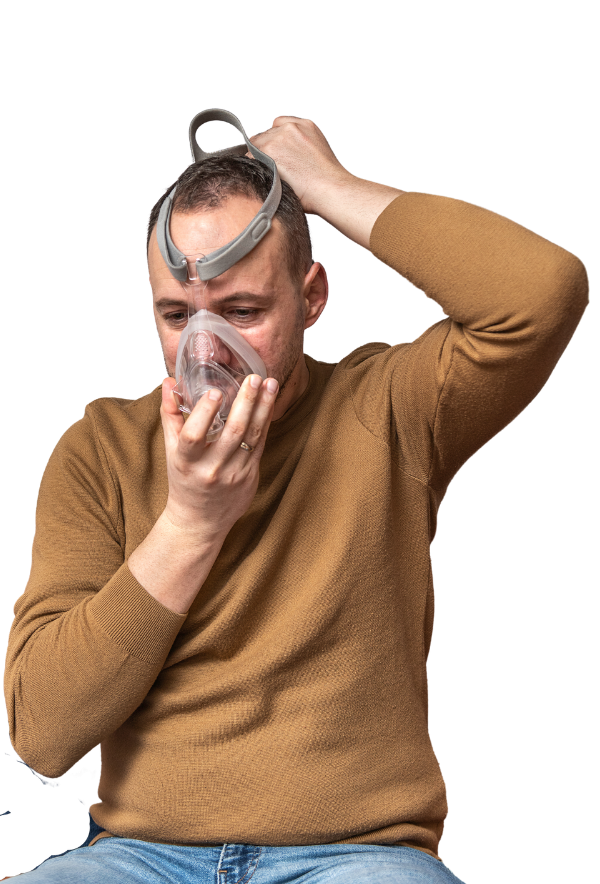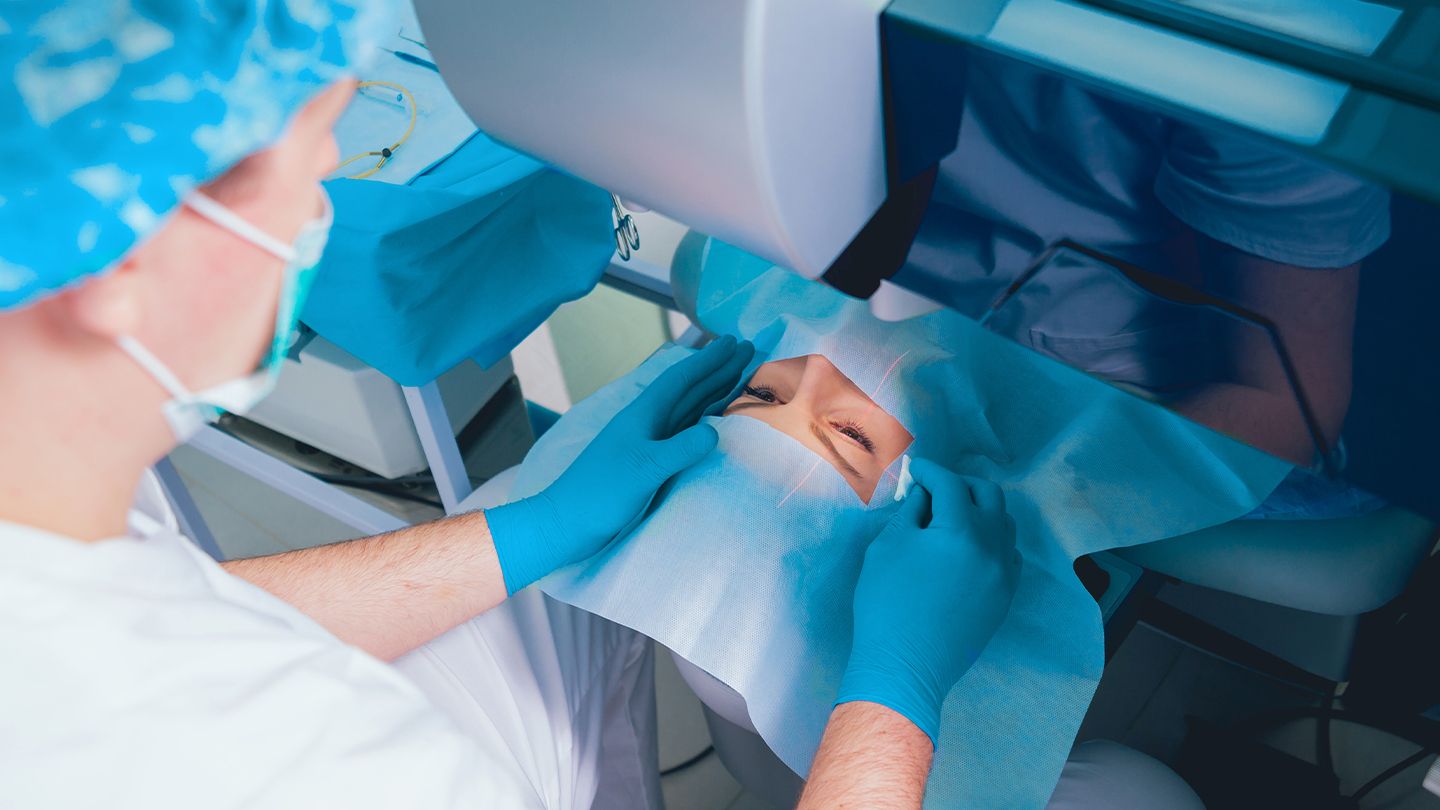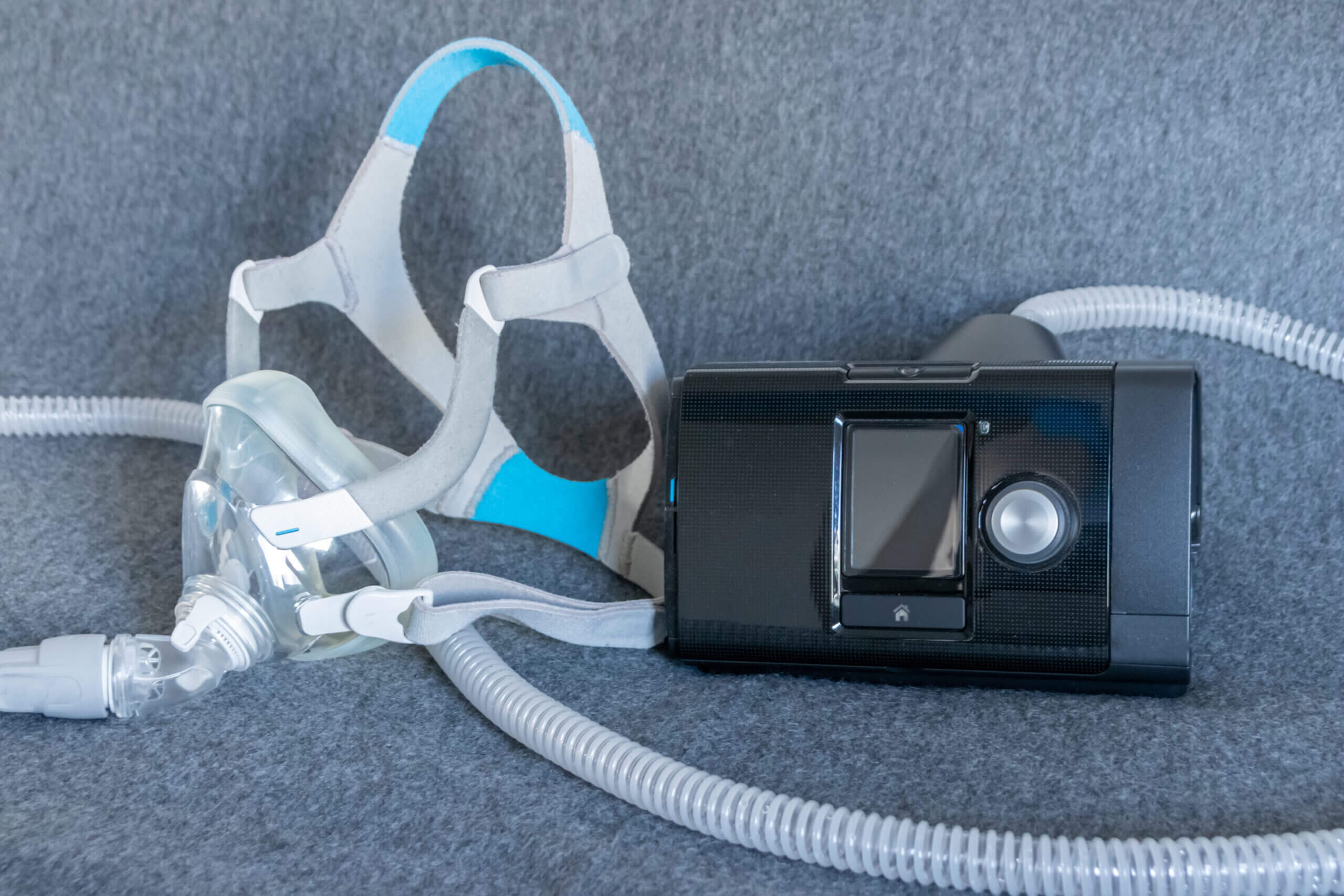Welcome to The
Your Natural Face Therapy Solution for Sleep Apnea
At Website, we understand the importance of a good night's sleep, and we're here to provide you with natural face therapy solutions for sleep apnea. Sleep apnea can be a disruptive and dangerous condition, but with the right treatment and equipment, you can enjoy peaceful, restorative sleep once again.
Services
What I do
Our website is dedicated to providing you with information and resources about sleep apnea, its symptoms, and effective treatments. We also offer a wide range of CPAP machines, masks, and accessories to help you manage your sleep apnea effectively. With Grenat, you'll find the best CPAP solutions in Australia.
Why Choose Us?
About Natural Face Therapy
Natural Face Therapy is a trusted name in the field of sleep apnea therapy in Australia. With over a decade of experience, we are committed to improving the lives of those affected by sleep apnea. Our mission is to provide comprehensive information about sleep apnea, and its treatment options, and to offer high-quality CPAP machines and masks to our customers.
CPAP Masks
Our CPAP masks are designed with your comfort in mind. They provide a secure fit and airtight seal, ensuring effective sleep apnea therapy. Explore our wide selection of CPAP masks from top brands, including ResMed, and experience restful nights and improved overall well-being.
ResMed AirSense 10
The ResMed AirSense 10 is a cutting-edge CPAP machine known for its quiet operation and advanced features. Designed to enhance sleep apnea therapy, it offers precise pressure adjustments, integrated humidification, and connectivity options for monitoring. Experience a more comfortable and effective sleep apnea treatment with the ResMed AirSense 10.
Sleep Apnea Treatment
Effective sleep apnea treatment includes lifestyle changes, positional therapy, and CPAP (Continuous Positive Airway Pressure) therapy. Lifestyle adjustments such as weight management and avoiding alcohol can help. CPAP therapy, involving a machine and mask, is often the primary choice, ensuring continuous airflow during sleep, alleviating symptoms, and improving sleep quality.
Testimonials
What My Clients Say?
"I had been struggling with sleep apnea for years until I found Grenat. Their CPAP machine recommendations and masks made a world of difference. I now wake up feeling refreshed and full of energy. Thank you,
Charlie Marsh
Client
"Commitment to natural face therapy for sleep apnea is impressive. I appreciate their dedication to finding holistic solutions to improve sleep quality."
Oliver Bonney
Client
"The ResMed AirSense 10 I purchased from Grenat has been a game-changer. It's so quiet, and the results have been incredible. I can't thank Natural Face Therapy enough."
Madeleine Shoebridge
Client






